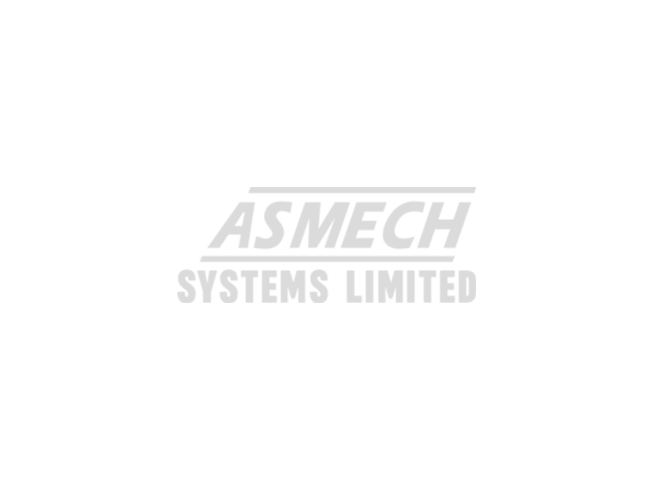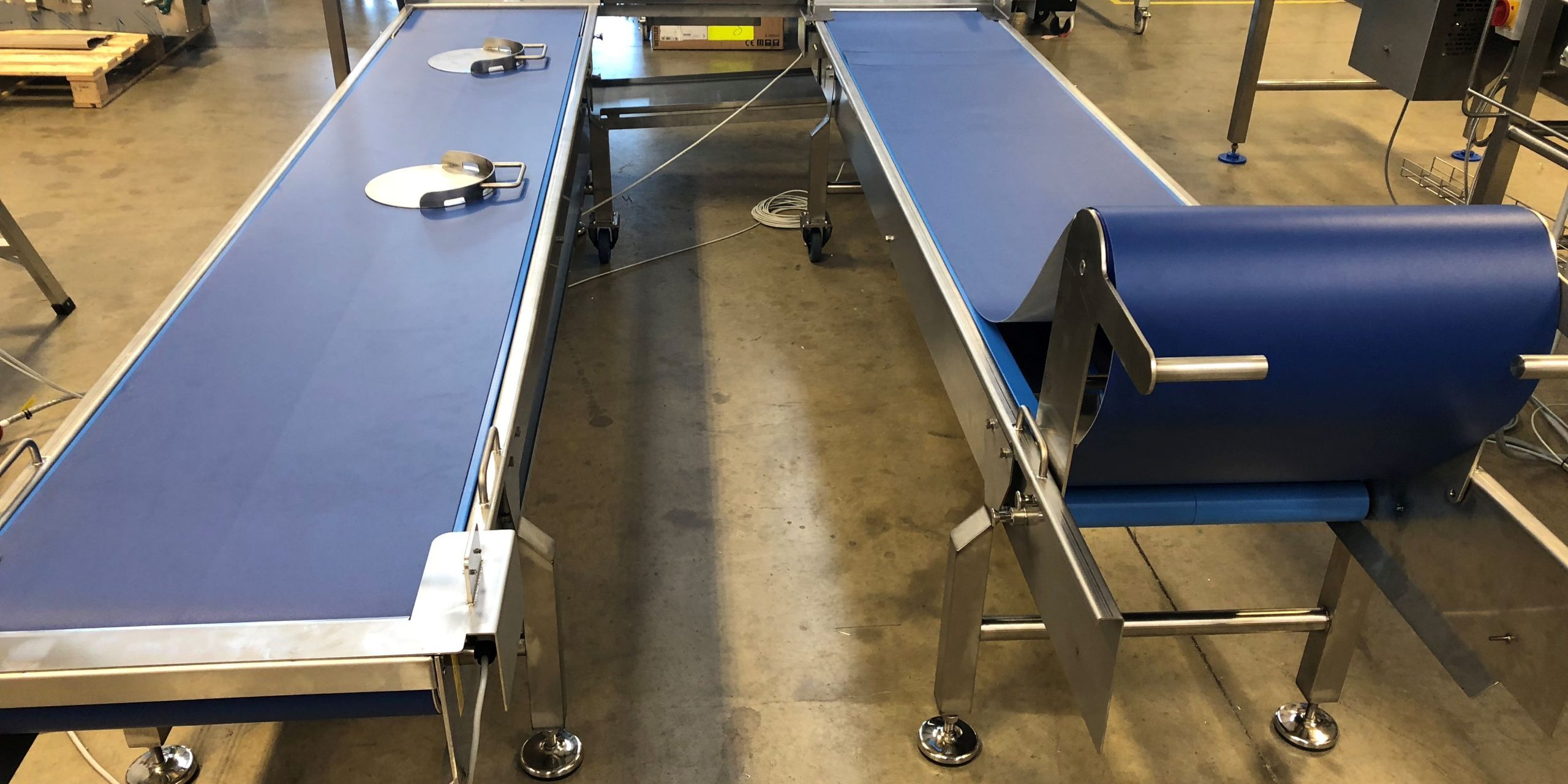As experts in the conveying and handling industry with over 25+ years of experience under our belt, we’ve seen countless belts in action across a wide variety of sectors. From the initial design phase, through manufacturing and installation, to ongoing maintenance and repairs, we offer end-to-end comprehensive solutions that are tailored to specific operational needs. This extensive experience has given us unique insights into the best practices for maximising the lifespan of your conveyor belt. Here are our top five tips for extending its life and making the best use of investment.
Double Check Your Belt Tension
One of the most critical factors in ensuring the longevity of your conveyor belt is maintaining the correct tension. You only need to use enough tension to engage the drive sprockets. Too tight, and you risk excessive wear and tear on the belt and the mechanical components. Too loose, and the belt can slip or misalign, leading to inefficient operation and potential damage. Regularly check and adjust the tension to match your conveyor belt manufacturer’s specifications. At Asmech, we don’t really say goodbye after the successful delivery of a project. Our customers have lifelong access to our after-sale services, expert advice from engineers behind the technology, and even quick access to any spare parts they might need. Investing in a good service can save you from costly repairs and replacements down the line.
Select the Right Material
Choosing the right material for your conveyor belt greatly impacts its lifespan. Different applications require different types of belts. Some of the most common materials for conveyor belts include rubber, polyvinyl chloride (PVC), polyurethane, and silicone. Each material offers unique benefits, such as resistance to abrasion, chemicals, or temperature. For example, a belt used in a high-heat environment needs to be made of heat-resistant materials, while a belt handling abrasive materials should be made of durable, wear-resistant materials. Consider factors such as temperature, load weight, and the nature of the materials being transported. Consulting with an experienced conveyor belt manufacturer can help you select a belting material that complements your specific application. If you’re not sure what you’re looking for, then try browsing through our database on our Product Finder page to help identify which conveyor belt best fits your needs.
Predictive Maintenance and keeping the spares handy
Predictive maintenance is a proactive approach that can significantly extend the life of your conveyor belt. By utilising sensors and monitoring systems, you can track the condition of your belt and detect issues before they become serious problems. This includes monitoring for unusual vibrations, temperature changes, or wear patterns. Predictive maintenance allows you to schedule maintenance activities at the most convenient times, minimising downtime and avoiding unexpected breakdowns.
We advise all our clients to inspect their entire machine and provide minor maintenance every three months unless they are using it for more than two shifts per day, in which case it’s wise to check every two months. Additionally, some components, such as motors, bearings, belts, and wear beds should be checked at the start and end of each shift. Keeping a stock of critical spare parts on hand ensures that if a part does fail, you can quickly replace it without significant downtime. Work with your conveyor belt manufacturer to identify which parts are most likely to need replacement and keep those in stock. We offer first-class after-sale care services to our customers so that their machines can be looked after by a knowledgeable team in the industry to help them make the best of their investment.
Train Your Team
Proper training is crucial for anyone who operates or maintains conveyor belt systems. Ensure your team understands the importance of regular maintenance, correct belt tension, and the specific requirements of your conveyor belt material. Training should also cover safety protocols to prevent accidents and injuries. A well-trained team is better equipped to identify potential issues early and take appropriate action to prevent major problems.
Extending the life of your conveyor belt is all about proactive maintenance and proper use. By following these 5 basic tips you can significantly enhance the performance and durability of your conveyor belt system. With over three decades in the industry, and as comprehensive providers of conveyor technology solutions, we’ve seen first hand how these practices can lead to smoother operations and lower costs.
Remember, a little attention to detail today can prevent major headaches tomorrow.
Don’t hesitate to get in touch to learn more about our after-sales support services. To reach us today, simply call (01623) 424 442 or send an e-mail to sales@asmechsystems.co.uk









